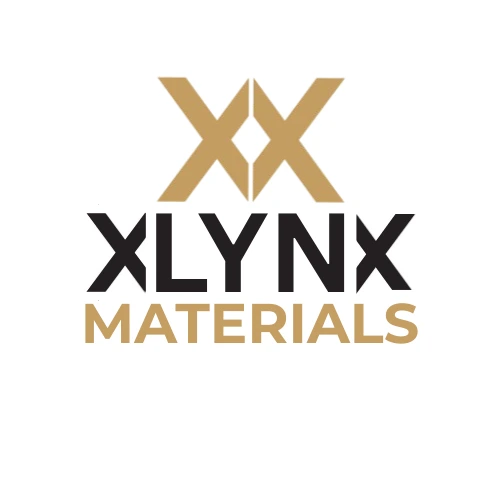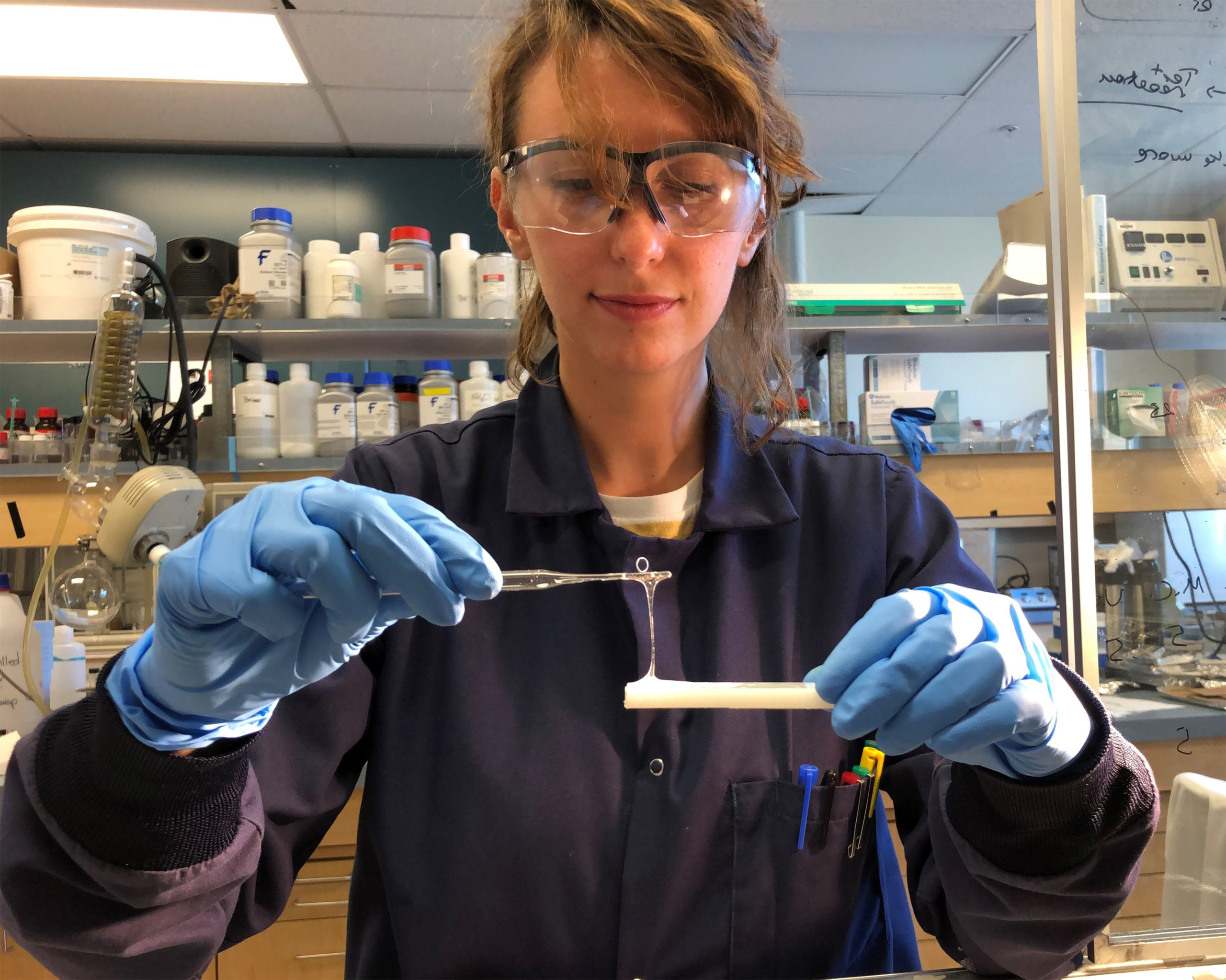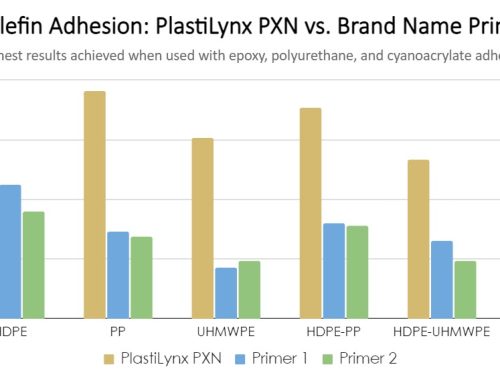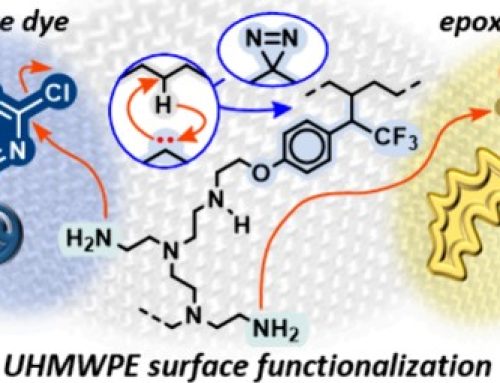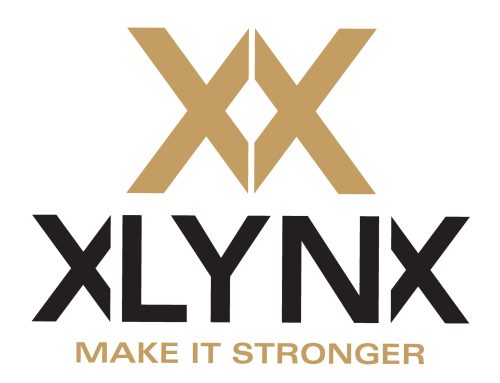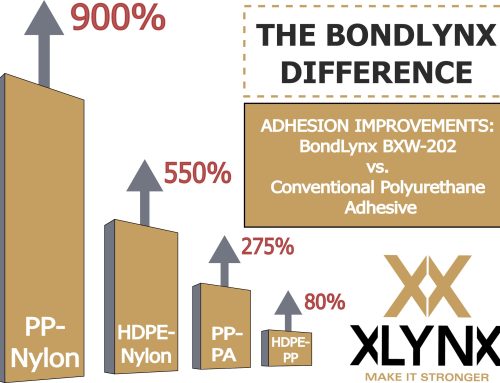SpecialChem, Sept 14, 2021 – XlynX Materials launches BondLynx©, a class of adhesives named “molecular-glues”. The adhesive permanently adheres to difficult-to-bond polymers such as polyethylene (PE) and polypropylene (PP) to themselves, and other materials, through exceptionally strong chemical bonds.
Conventional adhesives typically take advantage of mechanical forces to hold materials together. BondLynx© employs bis-diazirine chemistry to create covalent chemical bonds between polymer chains, permanently crosslinking them together through strong carbon-carbon bonds.
Adhesive Forges Bonds at Molecular Level
This is the same type of joinery found between carbon atoms in the polymer chains themselves. Once BondLynx© has been applied to a polymer, the crosslinking process can be initiated by heat, ultraviolet (UV)/visible light, or an electric field depending on the specific demands of the manufacturing process.
“BondLynx© can “glue” any plastic to any other plastic. BondLynx© acts by inserting itself into the carbon-hydrogen bonds that are present in almost every commodity polymer,” said Jeremy Wulff, Ph.D., Professor of Organic Chemistry at the University of Victoria.
BondLynx© has successfully undergone adhesive testing on a wide range of polymers and polymer-metal combinations. Remarkably, even elastomers and damp surfaces can be bonded with BondLynx©, opening broad opportunities for novel medical and dental applications.
Hyper-glue Strengthens Fibers of Polymer Textiles
In addition to being used directly as polymeric adhesives, BondLynx© molecular glues can be applied to polymer textiles to link and strengthen the fibers. It has proven effective in strengthening ultra-high molecular weight polyethylene (UHMWPE) fabrics for ballistics protective equipment and wind sports applications.
“As a manufacturer of body armor products, PRE Labs tested and used ultra-high performance fabrics cross-linked with BondLynx©. The evaluations to date have confirmed that these new generation cross-linking agents can significantly enhance the tear and perforation resistance along with mechanical properties of high-performance fabrics,” stated Brad Field, CEO, PRE Labs.
Researchers at the University of British Columbia, University of Alberta, McGill University, and industry labs have already begun testing.
Source: XlynX Materials

